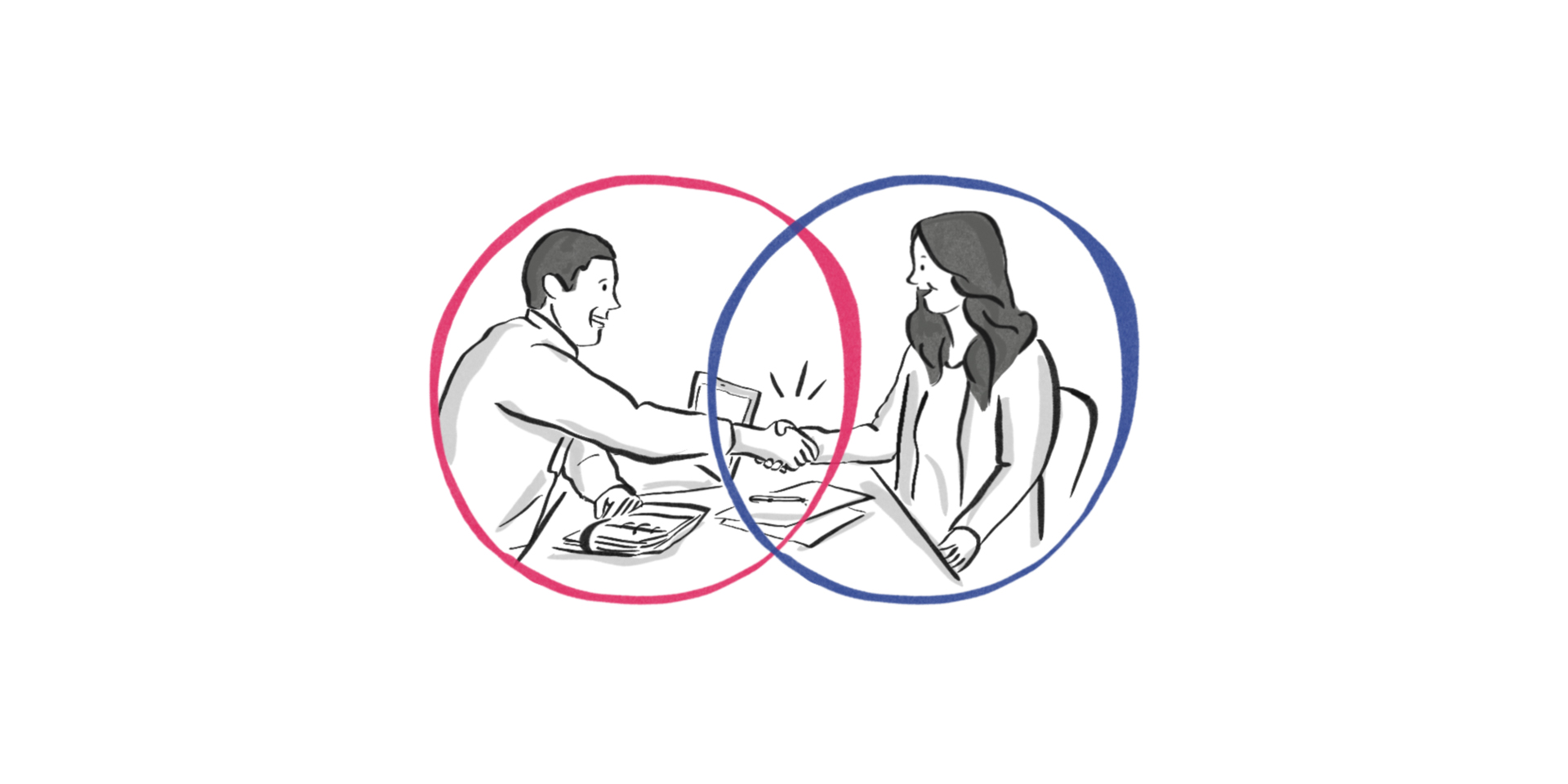Picture two separate circles. Now start moving them closer together. The result? A Venn Diagram. Now let’s populate our circles with titles. We’ll label one as the employee, and the second is the manager. The employee engagement topic invariable has two sides: that of management, and that of employees. But in the middle there is common ground. While both seem entrenched in their views, it doesn’t help either group to talk past each other. With our employee engagement, workshops, the end goal isn’t just to find middle ground, but also to make that middle ground larger and larger. We want employees and managers to expand their perspectives and realize how many interests they have in common, and recognizing those can lead to real, positive change in the workplace. But to get there, we first have to explore, honestly, how managers and employees see the work engagement problem. This post will tackle the employee side, and next week’s post will look at management’s view.
What are some of the pros and cons of a job? On the pros side, there’s a scale, ranging from “It pays the bills” to fulfillment and ownership of the tasks an employee accomplishes. In the middle, there are other emotions, such as being needed by the company, a sense of validation and purpose in one’s work, and feeling comfortable in the work environment.
Now, let’s take a look at the cons.The cons could include antagonism at work, a feeling of meaninglessness or monotony, and the sense that you don’t make a difference. But the list could go on – sometimes cons are formed by a series of compounded bad situations or poor trade-offs. Compounded problems might sound like this: “I have a tiresome commute to work and I feel my boss doesn’t appreciate me.” Or this: “I’m always so busy with work, and I feel excluded from workplace social life.” The trade-offs are a clash between pros and cons: “I really feel I make a difference with my work, but I feel disconnected from everyone else there.” Or: “My boss gives me an amazing amount of autonomy, but I wish she would give me more feedback.” With anything, there’s a spectrum.
The first group – our Compounders – and the second group – our Trade-offs – face different challenges and inspire different solutions. The Compounders are more likely to burn out and be disengaged faster, while the Trade-offs might stay afloat longer, but gradually, if things don’t change, will move into the Compounder category. Both represent the employee perspective and give us a starting point for commonalities that management can note. It also gives us insight to some of our “quick wins” – something we’ll discuss in more detail in another post. A running theme is that employee engagement can’t be forced as a top-down policy – as Acas says, it’s about “creating a cultural shift in the way organisations behave.” And that cultural shift comes in part from first taking into account the employee concerns, and then complementing that with management’s goals to come up with quick wins and smart policy.
To read more about improving Employee Engagement, click here , or to explore ways we could help with your Employee Engagement, get in touch here



